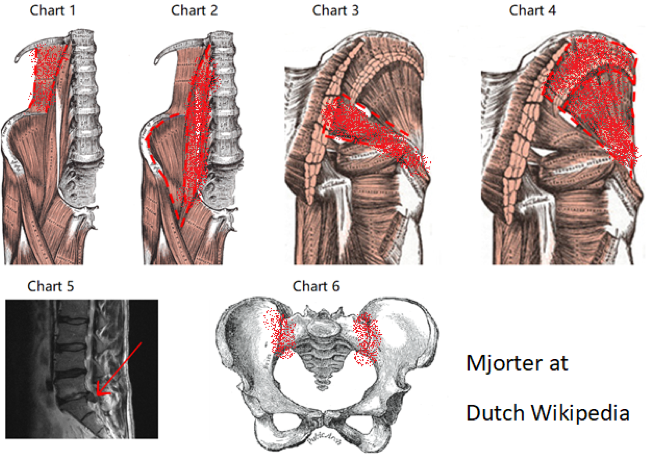
Low back pain is very common in population, about 80% people in the population suffer low back pain in their life.
If a patient suffers low back pain in less than two weeks and come to our office, mostly the pain will disappear after several visits and returns to what ever he or she could do previously.
If a patient suffers low back for over three months, the condition is different from acute pain because central sensitization probably is one of the major causes of pain. You may don’t understand the term “central sensitization”, but you probably noticed that the pain pills don’t work as efficiently as acute low back pain. Maybe you have tried cortisone injection, but the pain comes back and may be worse than before. Maybe you are taking opiates, but it is very dangerous to take opiates for long term. US president had announced this as national crisis.
For chronic low back pain, many patients have done MRI, maybe shown disc bulging, herniation, degenerative changes, or lumbar stenosis. Honestly all these changes can’t not be reversed to normal status originally. However, that doesn’t mean patients suffering these have to tolerate pain and disability. Over 70% with disc herniation can live without pain. The following are the most common conditions associated with chronic low back pain.
Firstly, the muscles in the low back, buttock, thighs (chart 1-4) may be very tender to touch. The tenderness is a response to the disc bulging, herniation, degenerative changes, or lumbar stenosis, et al. Many doctors never check these tissues at the evaluation and missed the most important data. Of course, we will not miss this information because we know they are very important for the treatments.
Secondly, lumbar joints (facet joint) and sacrum iliac joint may be not aligned properly. The spine may be crooked, one leg may be longer than the other, or there may be joint positional fault unidentifiable by eyes. All these conditions may response to joint mobilizations (a technique to correct joint positional fault) wonderfully. After joint mobilization, tapping to the join to maintain proper joint alignment will help to keep the pain relieve for several days.
Thirdly, core muscles are generally weak in chronic low back pain. As a result, patient feels more pain after activities. A cure approach is tapping plus core muscle strengthening. Tapping to the lumbar spine (spine is unstable at L4, L5, S1 segments when the core muscles are weak) can help maintain stability of the spine and reduce pain. Core muscle strengthening takes 2-3 months or longer to restore core muscle strength. Adherent to the plan of care is essential to the best outcome.
Lastly, low back pain can be a part of other conditions, such as fibromyalgia, pelvic inflammation, or rheumatoid disease. These kinds of pain can be managed with corresponding plan care with acupuncture and physical therapy.
